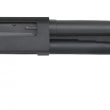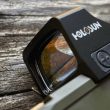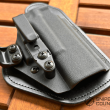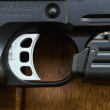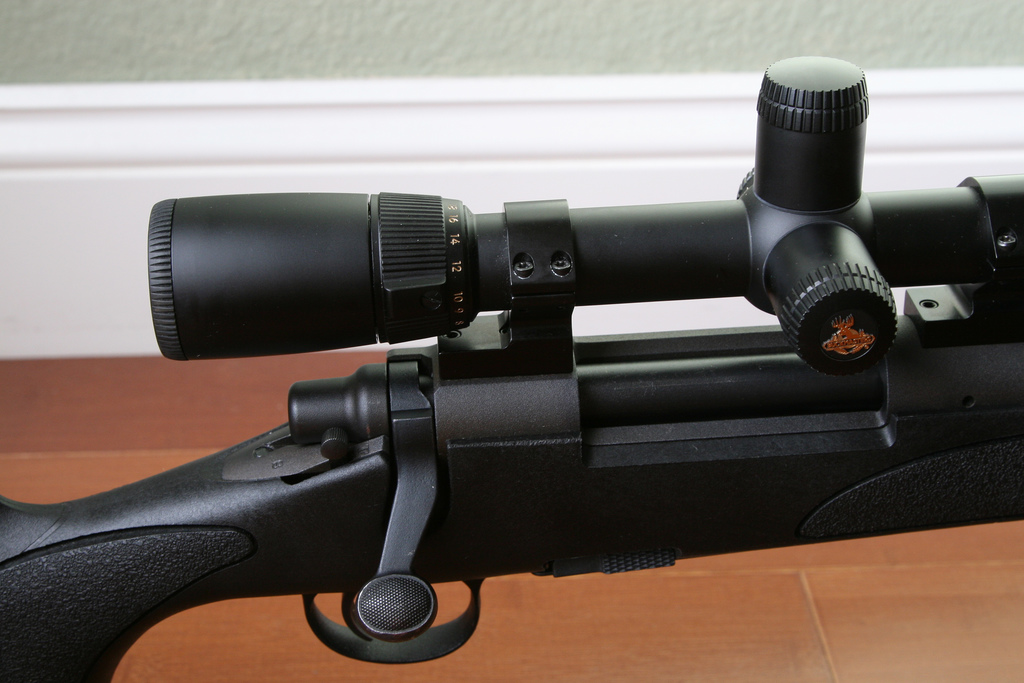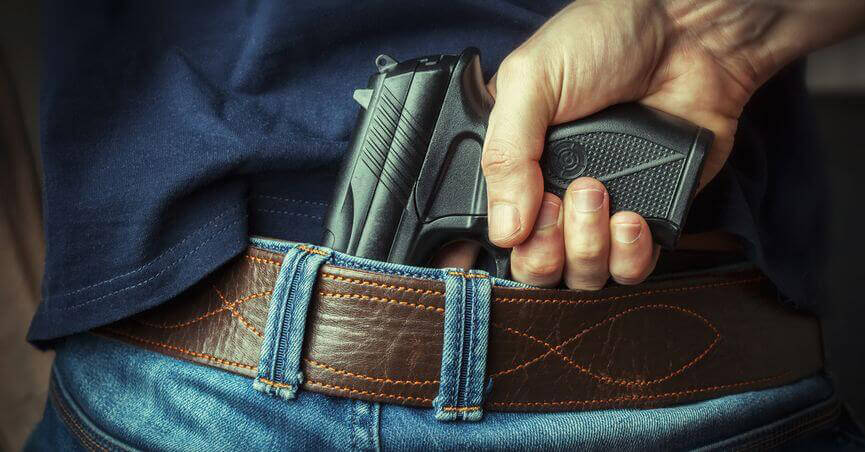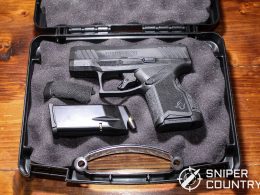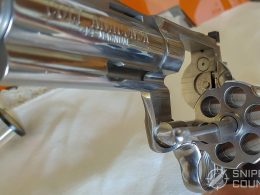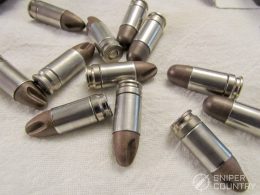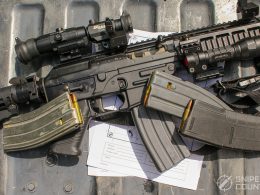On 6 March 2013, Merle “Mike†Walker passed away at the age of 101 years old. A renowned engineer at Remington Arms for 37 years, Mike is credited for several designs of Remington’s bolt action rifles including the Rem m700, Rem m721, and Rem m722. Additionally, he held numerous patents for trigger designs, and he was a leading proponent of benchrest shooting.
Walker was a 20th Century legend in the shooting industry and a well-respected cartridge and gun designer. He was also Director of Research and head of Remington’s Custom Shop in New York and he created Remington’s 40-X series of rifles in the 1960s to compete with all target rifles on the market at the time, as well as the legendary Winchester M70/Target-Match.
Over time, the 40-X models evolved into providing long-range, Varmint, and benchrest shooting and military sniping. The 40-X collection branched into two series for Match/Varmint rifles, and the Benchrest rifles.
Each 40-X series are distinctly different with a test target for two groups, which are proof groups where certain criteria must be met, namely .75″ for 30 caliber rifles and .45″ for the smaller calibers. These tests don’t determine the rifle’s performance and no special load is required because Remington uses generic loads for testing.
Irrespective of being single shot or repeater, all Match/Varmint Grade 40-XBs are branded on the left of the receiver with 40-X, which is opposite to the ejection port. The letter B is the suffix added to the serial number, for example, XXXXXX B. Match rifles do not have the 40-XB markings.
In the early 1960s, the first series of 40-X rifles were made with carbon-steel receivers and chromoly barrels. Then, by 1965, the barrels were manufactured using stainless steel and years later, only the 40-XB Match/Varmint rifles were modified to include stainless steel receivers (not the benchrest rifles). Note the 40-X series are made on the short action only and never a long action for the 40-X.
Initially, Remington had two barrel weights. The 27.5″ was a medium called the H-1, with a contour like the Varmint Special, although it was longer. The second and current barrel called the H-2 has a straight heavy barrel.
The 40-series offers two configurations: the single shot and repeater; the latter having .308 repeaters that are clip slotted at the factory. All other calibers are not clip slotted.
The barrel threads and dimensions are the same for the receivers and standard actions; however, the 40-X series receivers are manufactured with serial numbers at a different production facility. The actions are not specially designed; they are produced from spec and most have both lugs mated, and all screw holes accurate and aligned.
A .308 40-XB/R (/R for repeater) purchased in 1966 had the following serial number: 0466xxB and a recently purchased 40-XBBR had the serial number 0631xxB. This indicates that approximately 16,400 40-X series rifles were produced in 35 years, which is on average, 470 rifles every year. This explains why there’s a 10-month wait.
The 40-XB comes with a 27.5″ barrel length, which can be custom ordered with a shorter barrel, such as a 26″ or 24″ barrel that was factory produced.
The crown is important because it’s the last place where the bullet touches the bore so any damage to the crown will affect the path of the bullet. The first crowns were flat-faced and had a small 45 degree counter-sink crown that was done on a lathe. The modern crown is full-faced with a concave but both types of crowns are just as accurate.
When it comes to the weight of the 40-X rifles, the barrel action for a 27.5″ weighs about 8.5 pounds or 9 pounds for a single shot. Once the stock is added, which is about 3 pounds, you’re looking at a weight of 11.5 to 12 pounds. Then once the scope is on, it can weigh over 13 or 14 pounds.
Now, let’s look at the benchrest rifles (40-XBBR). They have the serial number XXXXXX B, notated with “Remington Model 40XBR†on the left of the receiver, which is opposite to the ejection port. Since the first BR action, the model number was and always has been electro etched to reduce metal stress. And all 40-XBBR actions are carbon-steel and single shot.
The original 40-XBBRs came with heavier 26†barrels and at one point the benchrest associations adjusted the weight classifications. This prompted Remington to manufacture shorter barrels to reduce the weight. And, while the 20″ barrels became very popular for a while, Remington now produces 24″ barrels but you can order these with custom barrels that are shorter.
McMillan manufacture the 40-XBBR stocks, which are foam-filled to minimize any additional weight. Using these stocks, the BR rifles weigh 10.5 pounds. However, if you change the stock and use a wood or laminate stock, the weight of the rifle will increase to over 12 or 13 pounds.
The single shot match and benchrest rifles both don’t have safety triggers but have a quality triple lever, 2 ounce trigger. Their repeaters come with a top-class double lever target safety trigger that you can adjust from the outside. It may look like the standard 700 trigger but it’s very different.
For the Army Marksmanship Unit (AMU) to compete in the 1968 Summer Olympics, they made about twenty 40-X rifles in 6mm-International in 1966. The rifles had a unique 2 oz trigger with an adjustable LOP hand. But this was done only for the competition.
This concludes the history of 40-X rifle. In summary, they are outstanding weapons and their quality surpasses most custom built rifles, and they offer competitive pricing compared to substandard custom rifles. While the 10-month wait may feel discouraging, the positive spin is that it increases its resale value. Overall, this is a rifle that won’t disappoint.

